
Kudos has partnered with CardRatings and Red Ventures for our coverage of credit card products. Kudos, CardRatings, and Red Ventures may receive a commission from card issuers. Kudos may receive commission from card issuers. Some of the card offers that appear on Kudos are from advertisers and may impact how and where card products appear on the site. Kudos tries to include as many card companies and offers as we are aware of, including offers from issuers that don't pay us, but we may not cover all card companies or all available card offers. You don't have to use our links, but we're grateful when you do!
The Best Credit Card to Use for Groceries
July 1, 2025

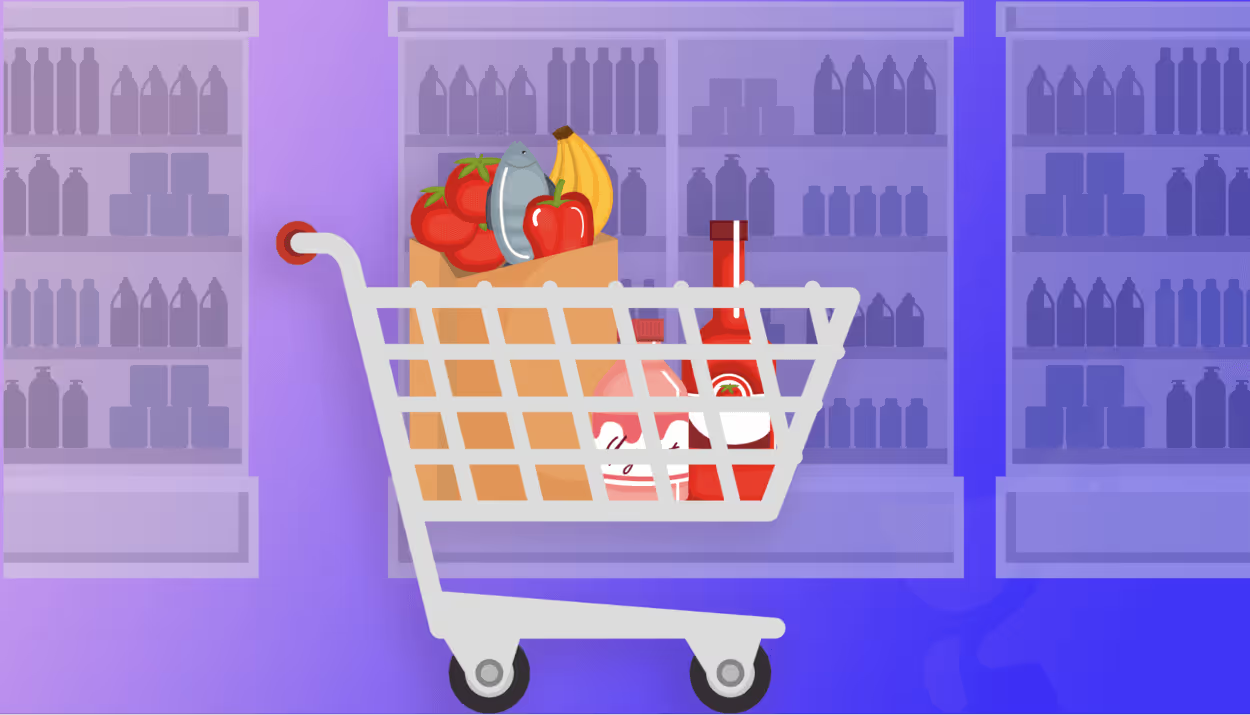
Food can be a significant expense for households, even if you don’t spend a lot on restaurants. The US government estimates that groceries cost between $250 and $450 per person per month, which can add up fast.
One way to reduce your costs is to ensure you’re using the best credit card to buy your groceries. Certain cards offer generous rewards if you use them at grocery stores. Others offer a low-interest rate, which can be particularly helpful if you’re struggling to pay off your debts.
Here’s everything you need to know about using credit cards at the grocery store.
The Best Credit Card for Grocery Shopping Depends on Your Needs
There’s no single best credit card to use for groceries. While dozens of cards could be good for groceries, the right one depends on your situation.
If you’re trying to earn the most credit card rewards possible, look for a card that earns bonus points on groceries.
If you’re hoping to save money on interest, look for a card with a low APR — or even a 0% introductory APR.
And if you’re just getting started with building credit, look for a good starter credit card that can help you establish a credit history.
Want to browse card options yourself? Research all the best credit cards using the Kudos Explore Cards feature.
Want to learn more before choosing? Here’s what to consider.
Maximizing Rewards
Many credit cards earn rewards on your spending, and some offer bonus rewards for certain categories, like groceries. If your primary goal is to maximize your rewards, look for a rewards credit card with a tiered reward structure.
For instance, a card might offer:
- 3% back on groceries and gas
- 2% back on travel and restaurants
- 1% back on everything else
Earning 3% back on all your grocery purchases can add up quickly. Considering that the average household spends $250 to $450 per person per month on groceries, that would be $7.50 to $13.50 in rewards each month per person. So, for instance, a couple with one child could expect to earn between $22.50 and $40.50 in rewards each month.
A 2% cash back card might make sense if you prefer to keep things simple. These cards earn 2% back on all purchases, regardless of their type.

Minimizing interest costs
If you plan to carry a balance on your credit card, the interest rate you pay is important to consider. Credit card interest is measured in annual percentage rate, or APR. Credit card APRs can range from 15% to 36% or more — quite a wide range!
Your APR will vary depending on your credit score and the card you use. Generally, the better your credit, the less interest you’ll pay.
Some zero-interest credit cards offer a 0% APR for a limited period. For instance, a card might offer 0% APR for the first 18 months of card membership.
Keep in mind that credit card interest only applies if you carry a balance on your credit card. You won’t pay any interest if you pay off the full balance each month.
Building credit
If you’re still building up your credit score, your credit card options might be limited, as getting approved can be challenging with a limited credit history.
One good option for building credit is to use a secured credit card. Secured cards require you to place a deposit in a locked account. This deposit is used to secure the credit card — and if you don’t repay your debt, the bank can take the money due out of your account.
The point of a secured credit card is to start building a positive credit history. Here’s how it works:
- You open a secured credit card and are given a credit limit ($500, for example)
- You deposit the same amount of cash ($500) into a locked bank account
- You can now use the credit card to make purchases up to the $500 limit
- You then make payments toward the credit card each month
- Each payment is reported to your credit report, which builds your credit history
- Eventually, you can get your deposit back by closing the card or converting it to a standard credit card
The benefit of secured credit cards is that they don’t require a credit history to get approved. This makes them the perfect starter credit card for young adults and others who are just starting to build their credit.
.png)
Credit Card Rewards for Groceries
Earning rewards is one of the big benefits of credit cards. Rewards let you earn cash back, points, or airline miles when you make purchases using a credit card.
You can earn rewards for many types of purchases, including groceries. Some cards even offer a bonus for spending in certain categories, like grocery stores or restaurants.
Broadly speaking, there are two categories of rewards credit cards:
- General purpose cards, which offer the same rate of rewards regardless of where you make purchases
- Category rewards cards, which earn higher rewards rates on eligible purchases in certain categories
Let’s break down each type below.
General purpose cards
General purpose rewards cards earn a flat rate of rewards for each dollar you spend, regardless of where you make the purchase. For example, a card might earn 1% cash back or 1 airline mile per $1 spent.
Because there are no specific spending categories, you can earn rewards for all your spending with this type of card. For example, a $100 purchase will earn you the same rewards whether you’re buying a train ticket or a bag of groceries.
General rewards cards are simple and effective for everyday spending. If you prefer simplicity, they’re a great option.
Category rewards cards
Category rewards cards earn different rewards rates for different categories of spending. For example, a card might earn:
- 3% cash back on travel and restaurants
- 2% cash back on groceries and gas
- 1% cash back on everything else
If you want to maximize your rewards, the best credit card for grocery stores would be a category rewards card. Grocery stores are a common reward category that can earn bonus points.
Remember that rewards cards base the category reward bonus on how the store purchases codes. So, if the category bonus is for groceries, you should earn that bonus when you make a purchase at a grocery store. However, if you buy groceries at a big box store like Target, which sells other goods in addition to groceries, the purchase might be categorized as something other than groceries.
.png)
Some rewards cards offer bonus rewards in rotating categories. For instance, a card might earn 5% back on supermarket purchases for 3 months, 5% back on gas stations for the next 3 months, and so on.
Best Grocery Credit Cards
So, what is the best credit card for grocery rewards and supermarket purchases? Unfortunately, there’s no clear “best” card, but here are two great options for your next grocery haul:
Blue Cash Preferred® Card from American Express
The Blue Cash Preferred® Card from American Express (See Rates & Fees) earns a whopping 6% cash back at U.S. supermarkets on up to $6,000 per year in eligible purchases (then 1%), 6% cash back on select U.S. streaming subscriptions, 3% cash back at eligible U.S. gas stations and on transit (including taxis/rideshare, parking, tolls, trains, buses and more) purchases and 1% cash back on other purchases. Cash Back is received in the form of Reward Dollars that can be redeemed as a statement credit and at Amazon.com checkout. Terms Apply.
All other transactions earn 1% back, so you’ll earn at least some rewards regardless of where you spend. The downside of this card is that it has a $95 annual fee (See Rates & Fees), so you’ll have to consider that when you calculate the overall benefit of the card.
[[ SINGLE_CARD * {"id": "261", "isExpanded": "false", "bestForCategoryId": "15", "bestForText": "Cash Back Seekers", "headerHint": "Popular Cash Back Card"} ]]
“Terms apply to American Express benefits and offers. Enrollment may be required for select American Express benefits and offers. Visit americanexpress.com to learn more. Eligibility and Benefit level varies by Card. Terms, Conditions, and Limitations Apply. Please visit americanexpress.com/benefitsguide for more details. Underwritten by Amex Assurance Company.”
Capital One Savor Cash Rewards Credit Card
The Capital One Savor Cash Rewards Credit Card earns 3% back on grocery store purchases, dining out, streaming services, and select entertainment, and 1% back on everything else. Plus, it earns 10% back on Uber and UberEats purchases.
The Savor also has no annual fee, so all the rewards you earn are yours to keep, and there’s no need to worry about a hefty annual fee.
[[ SINGLE_CARD * {"id": "3041", "isExpanded": "true", "bestForCategoryId": "52", "bestForText": "Frequent Travelers", "headerHint" : "Excellent Choice" } ]]
Maximize Your Credit Cards Wherever You Shop
Utilizing credit card perks for your grocery spending is a great way to earn more rewards. But what if you could maximize benefits on all your eligible purchases?
The Kudos Smart Wallet helps you do just that. Kudos assists users in selecting the best credit card for any purchase to maximize rewards and other card benefits.
Unlock your extra benefits when you become a Kudos member

Turn your online shopping into even more rewards

Join over 400,000 members simplifying their finances

Editorial Disclosure: Opinions expressed here are those of Kudos alone, not those of any bank, credit card issuer, hotel, airline, or other entity. This content has not been reviewed, approved or otherwise endorsed by any of the entities included within the post.

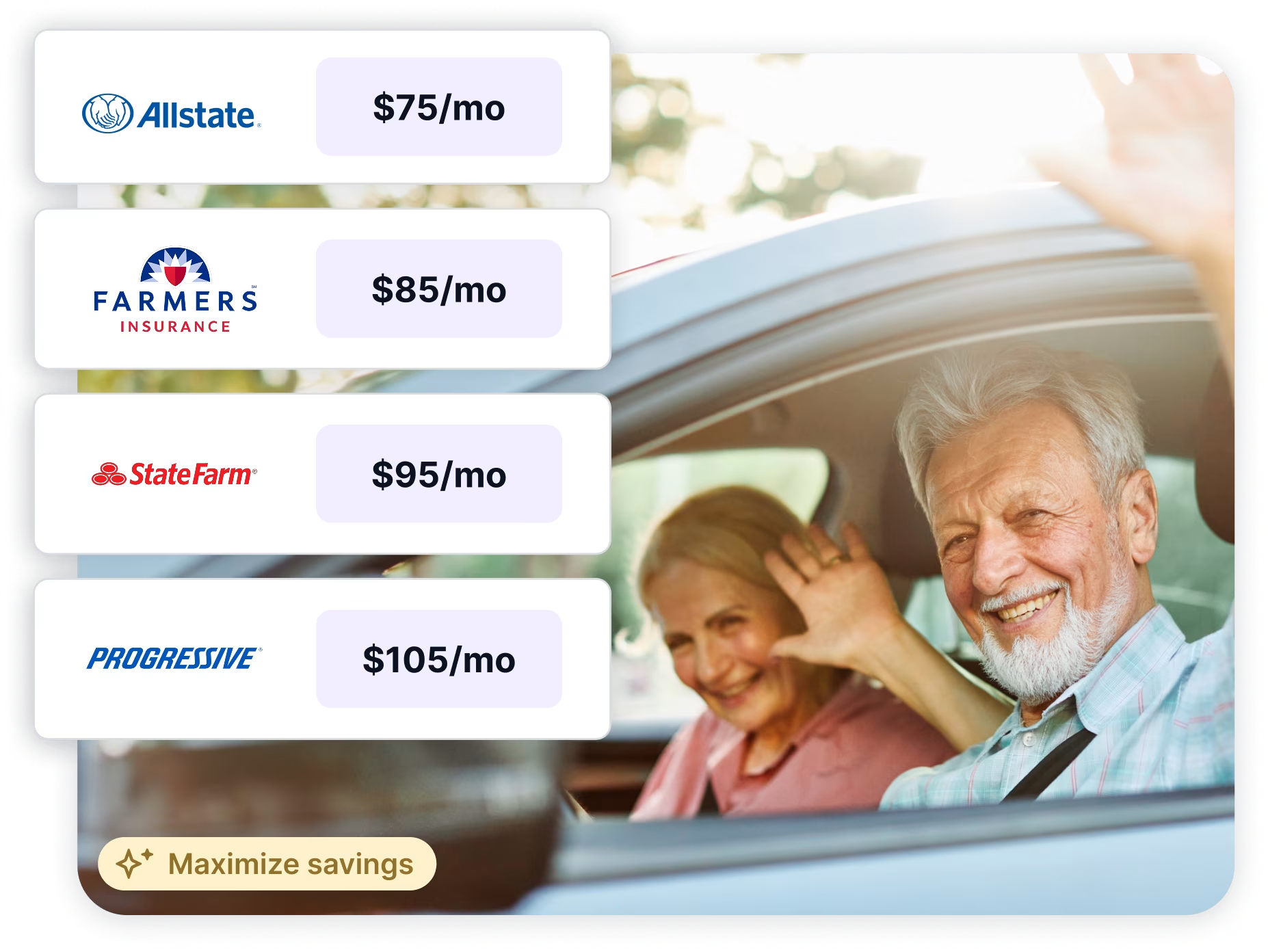
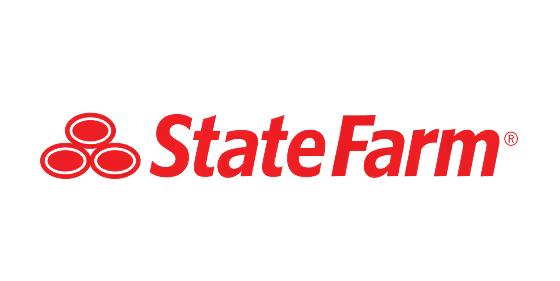







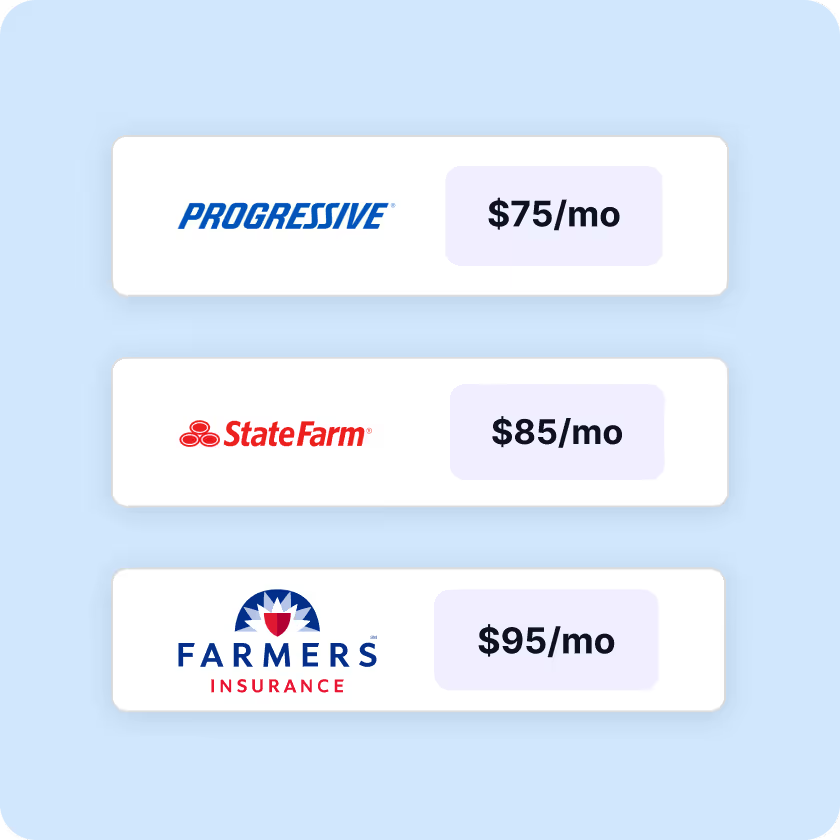
























.webp)
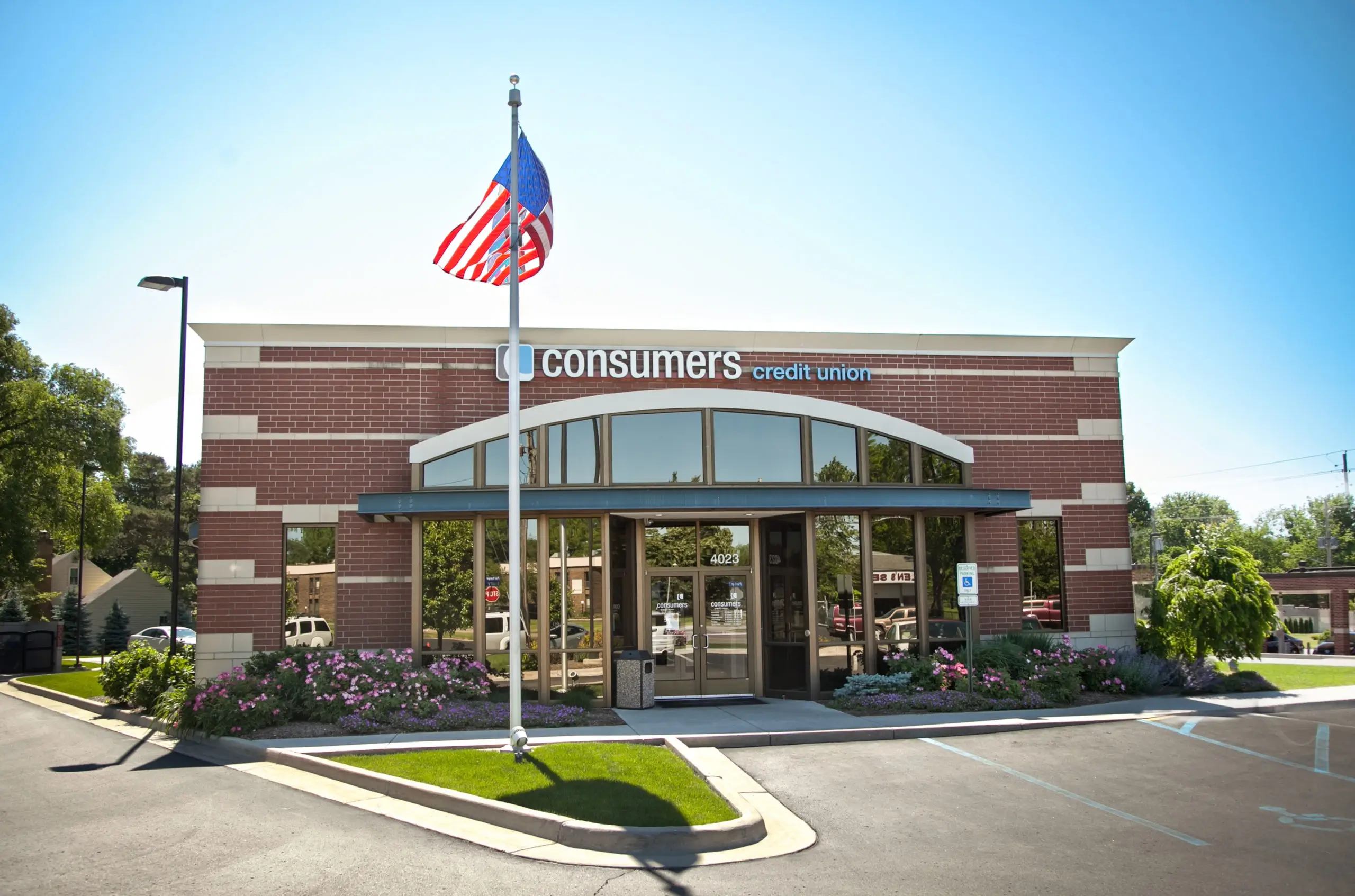
.webp)

.webp)




.webp)
